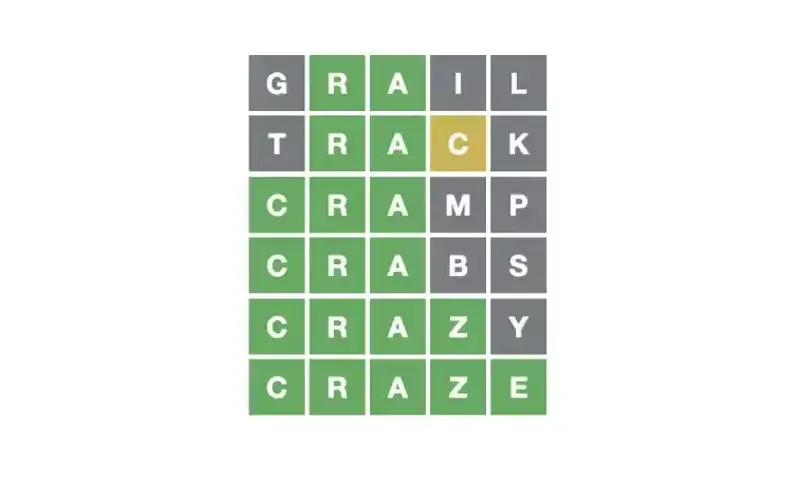Understanding that Nephi’s bow was likely not fully made of steel or bronze, but rather a composite bow with steel or bronze sheeting is significant for understanding how Nephi’s bow could break in the Arabian wilderness.
Read more details here:
https://knowhy.bookofmormoncentral.org/knowhy/why-did-nephis-fine-steel-bow-break
Want a taste of the above link?
While traveling through the wilderness, Nephi recounts that his family stopped for a hunting expedition. Nephi, “went forth to slay food,” but “did break [his] bow, which was made of fine steel” (1 Nephi 16:18). The reference to Nephi’s steel bow recalls several biblical passages which reference a “bow of steel.”
“He teacheth my hands to war, so that a bow of steel is broken in mine arms” (2 Samuel 22:35; Psalms 18:34).
“He shall flee from the iron weapon, and the bow of steel shall strike him through” (Job 20:24).
The word translated “steel” in these passages is the Hebrew nhwsh which actually means “bronze” and is rendered that way in more recent translations.1 The King James translation as steel reflects an older, broader range of meaning which included not only carburized iron (what we would call steel today) but also hardened copper alloys such as bronze. This broader meaning of steel is also shared with other European languages.2 The Book of Mormon translation may have also used this broader meaning for steel, thus indicating that Nephi’s “fine steel” bow was similar to the bow of nhwsh (bronze, steel) mentioned in the Bible.

 ? Helaman 1–6 “The Rock of Our Redeemer” ?
? Helaman 1–6 “The Rock of Our Redeemer” ?
















